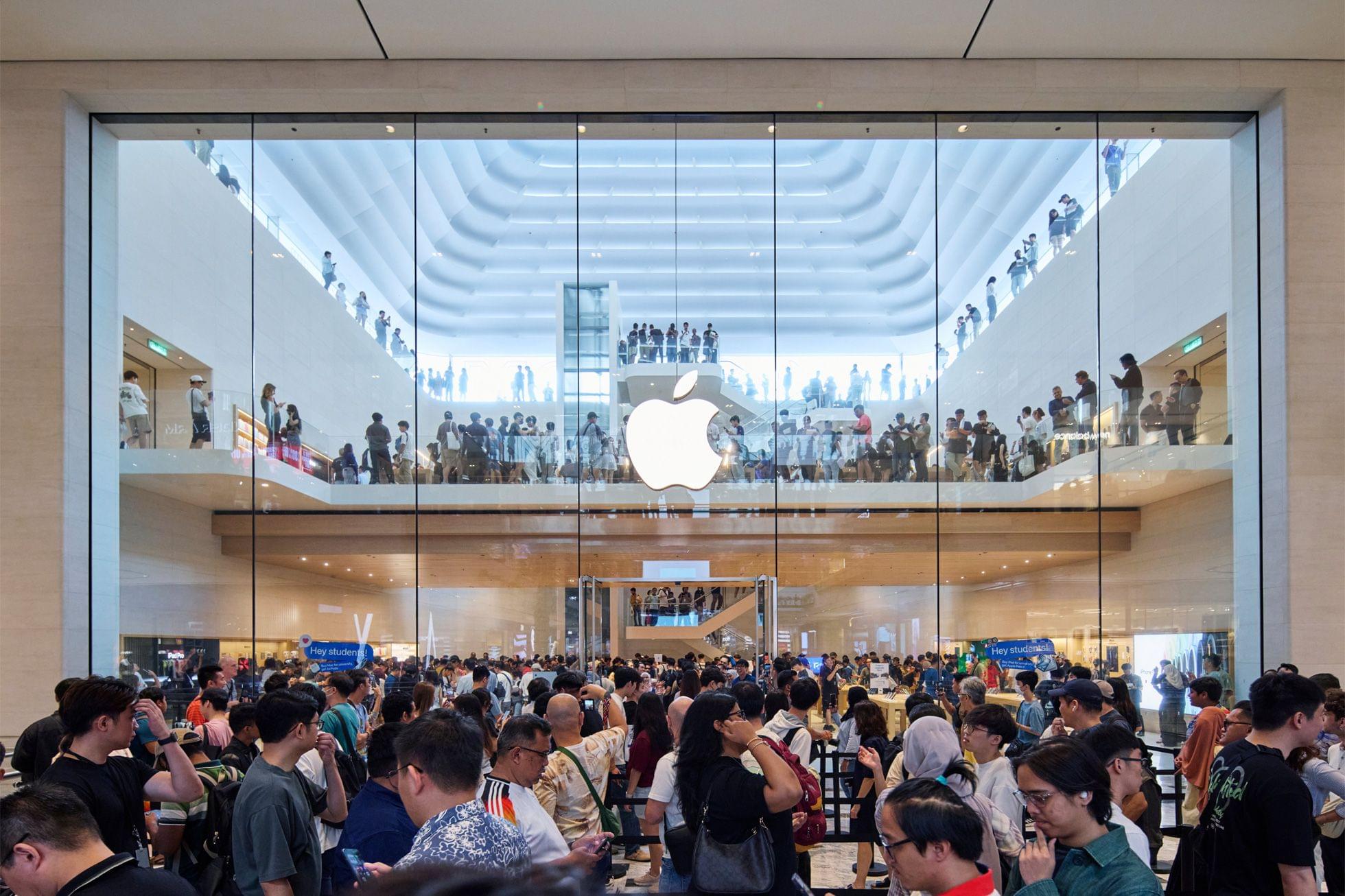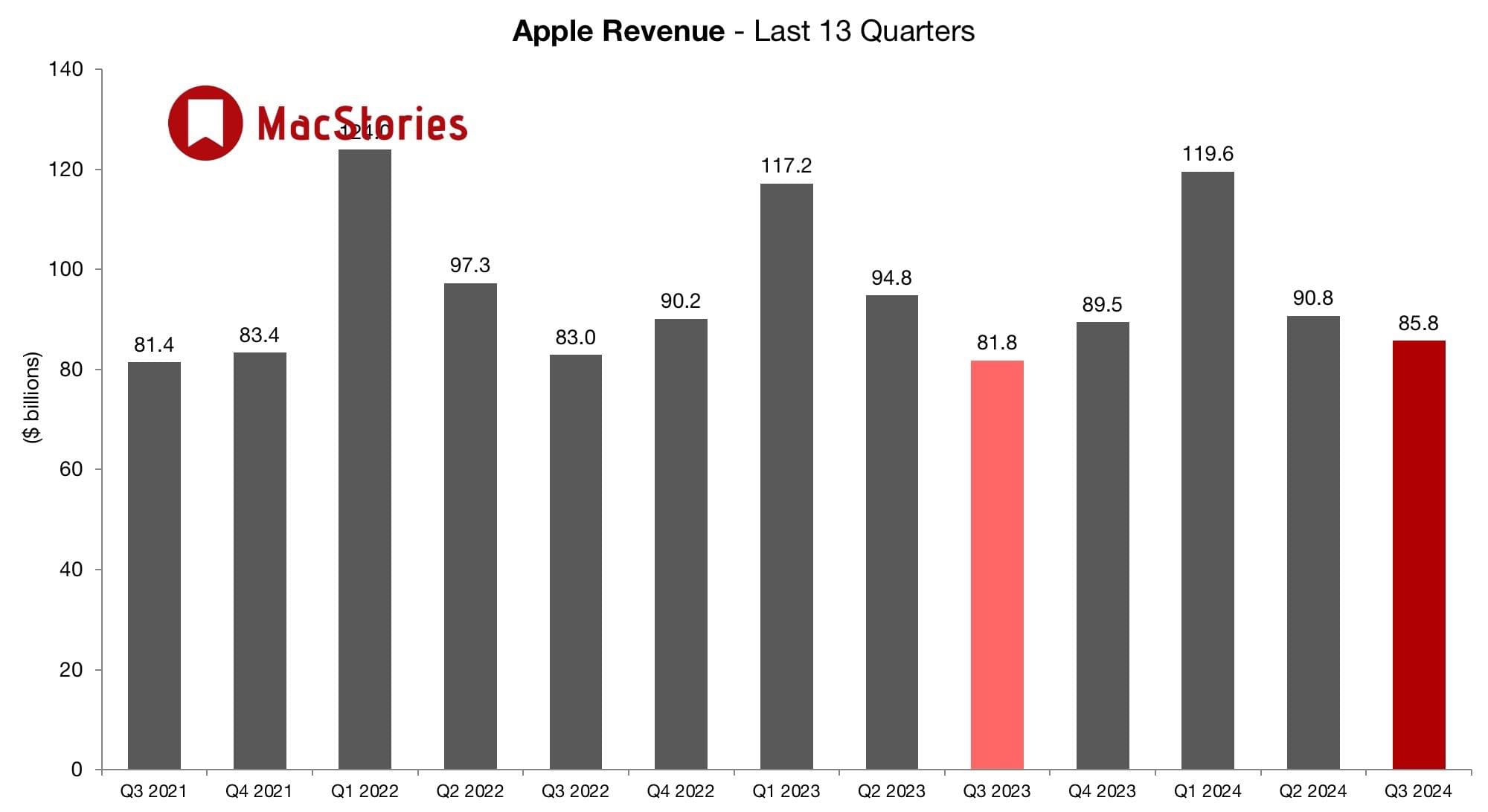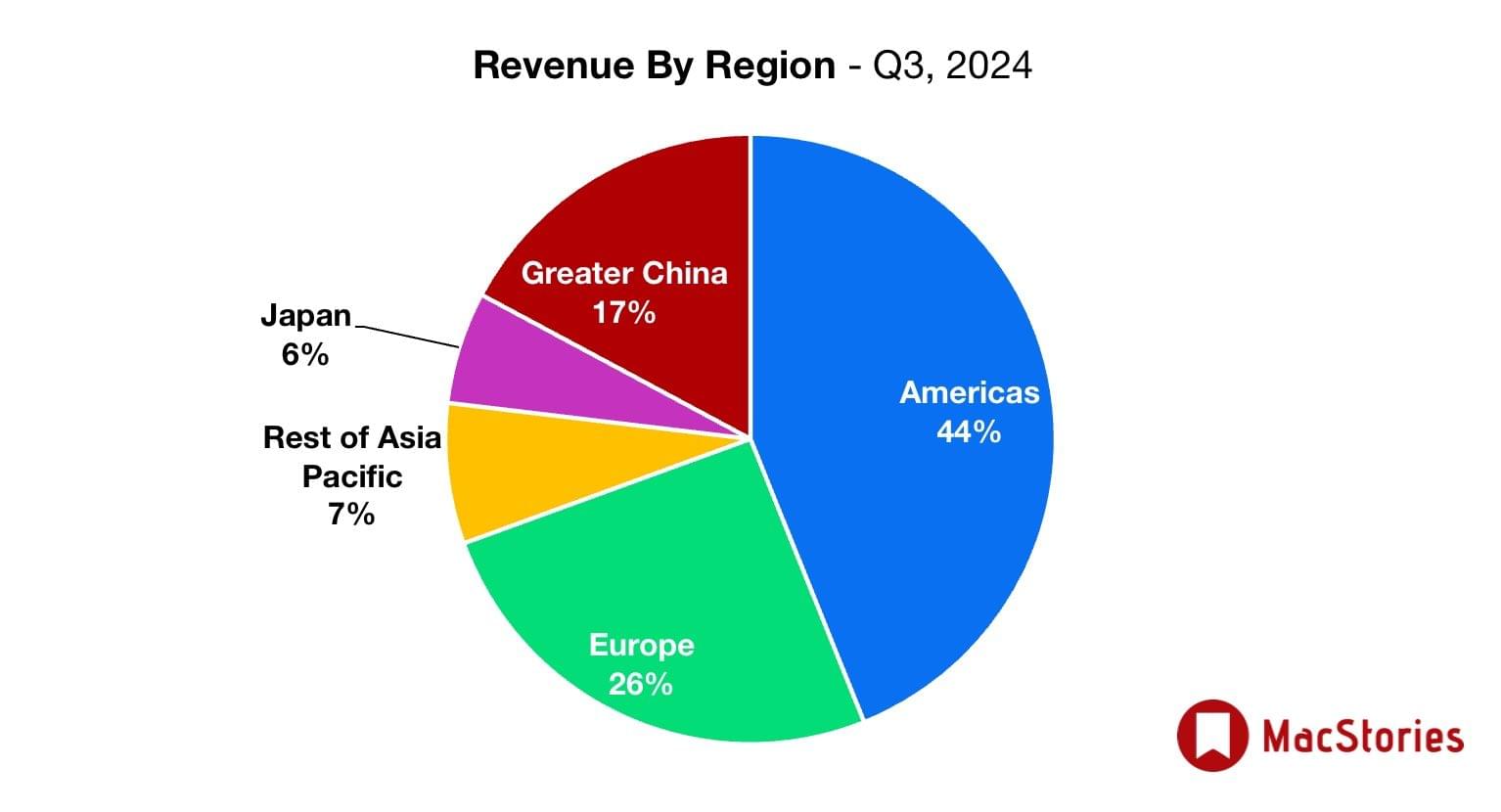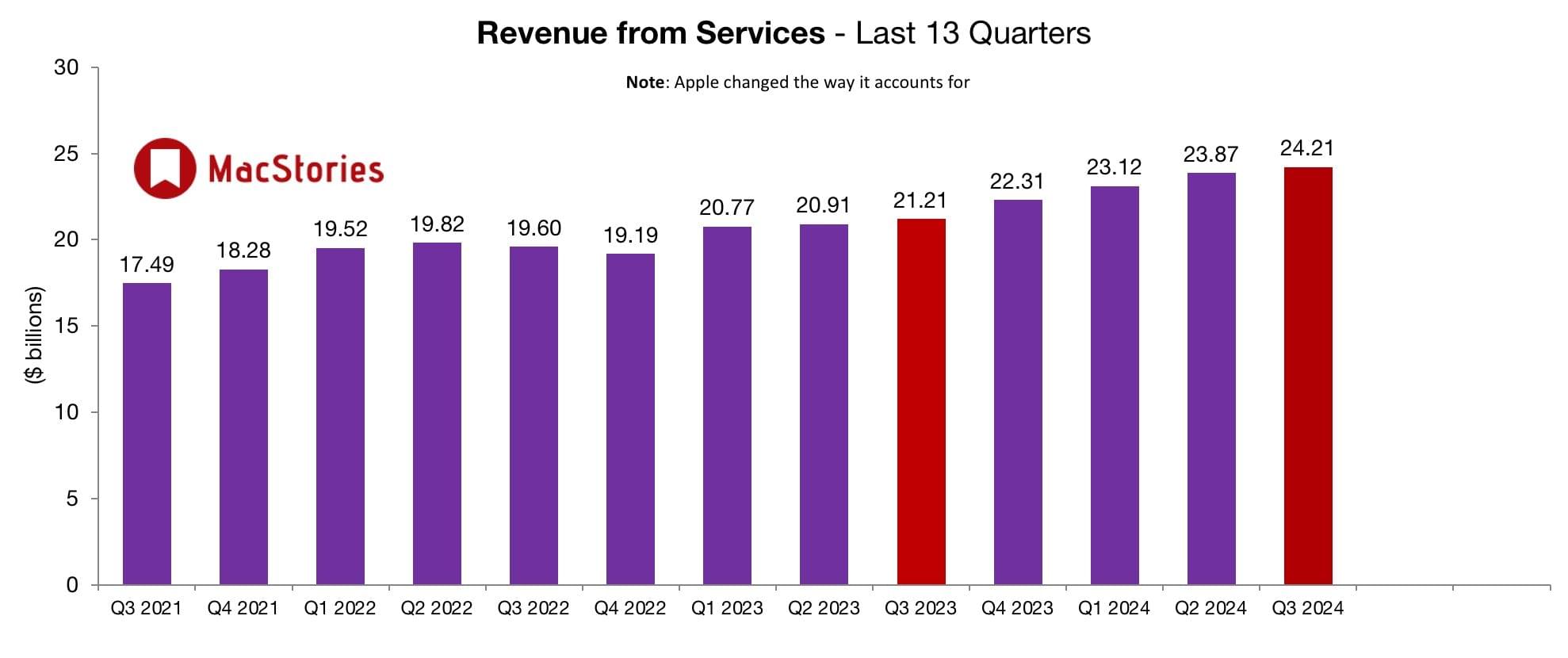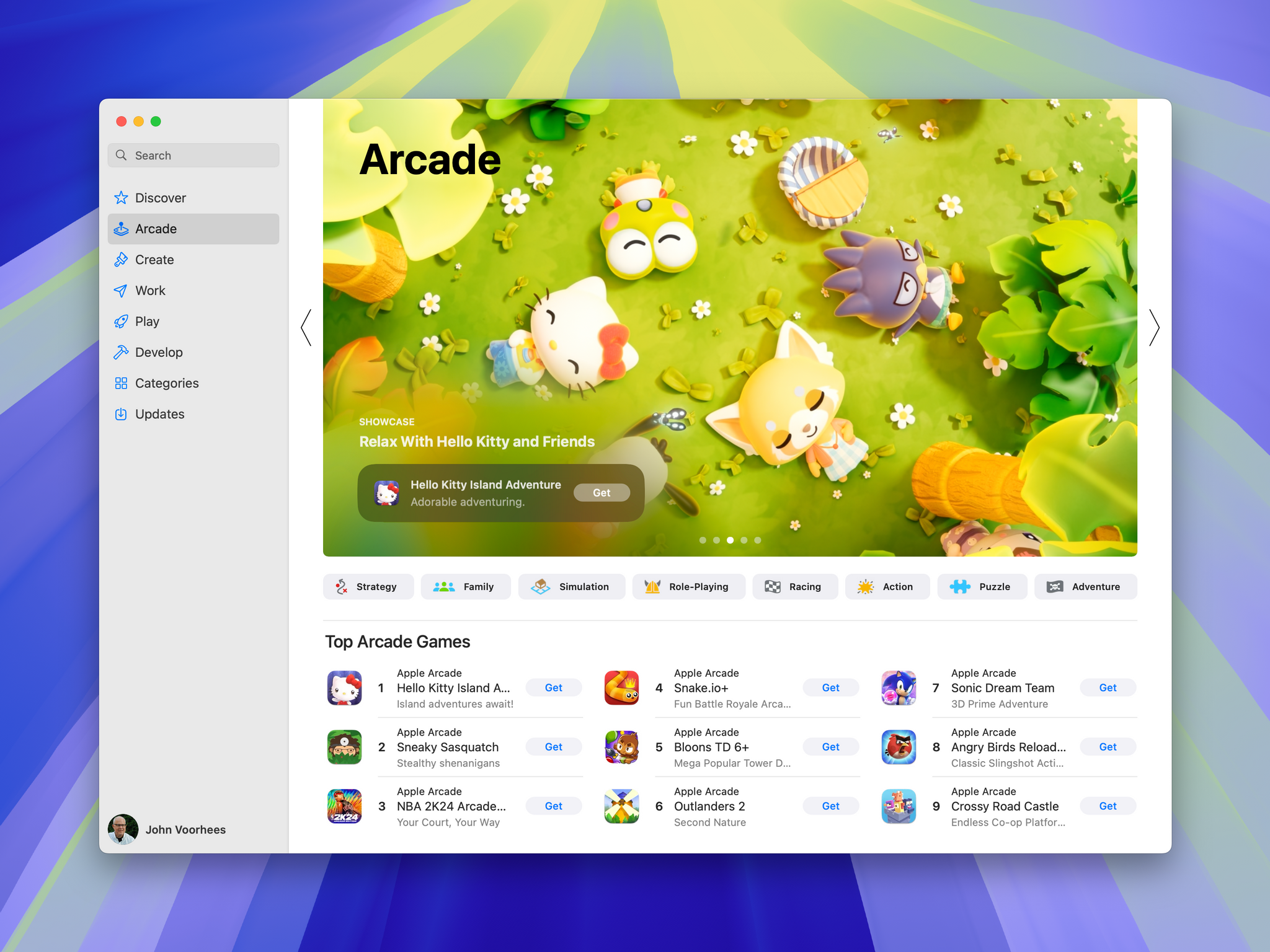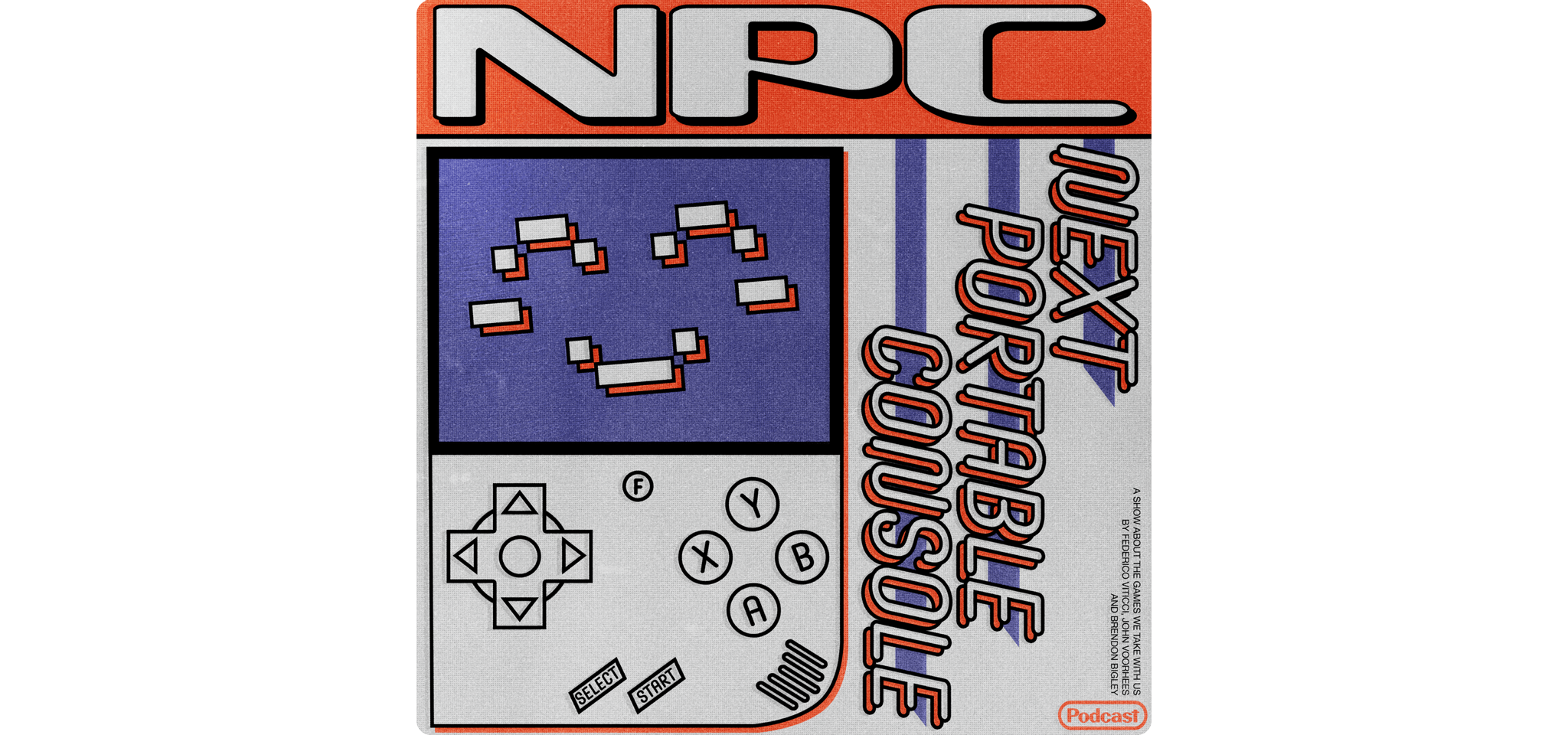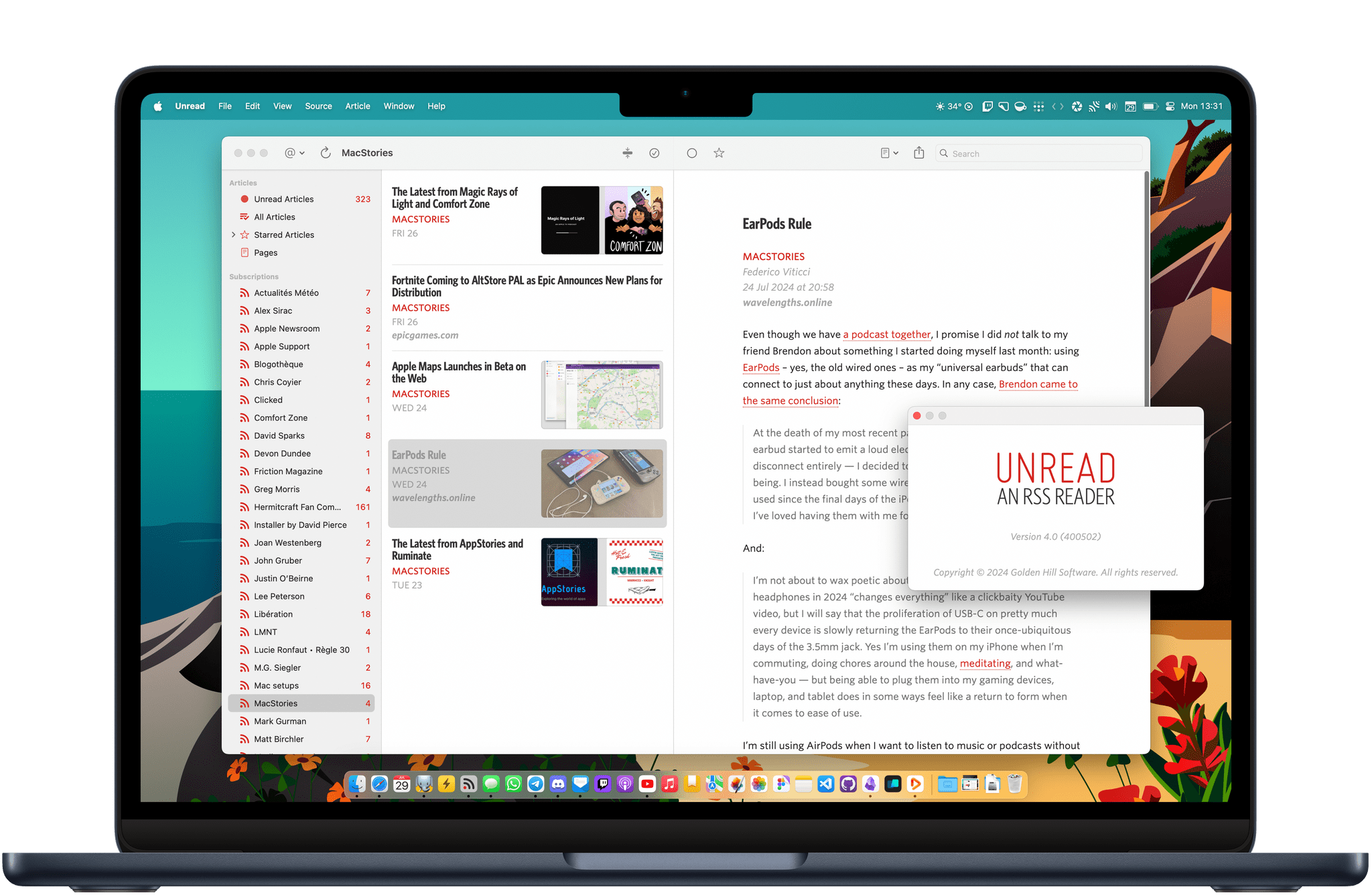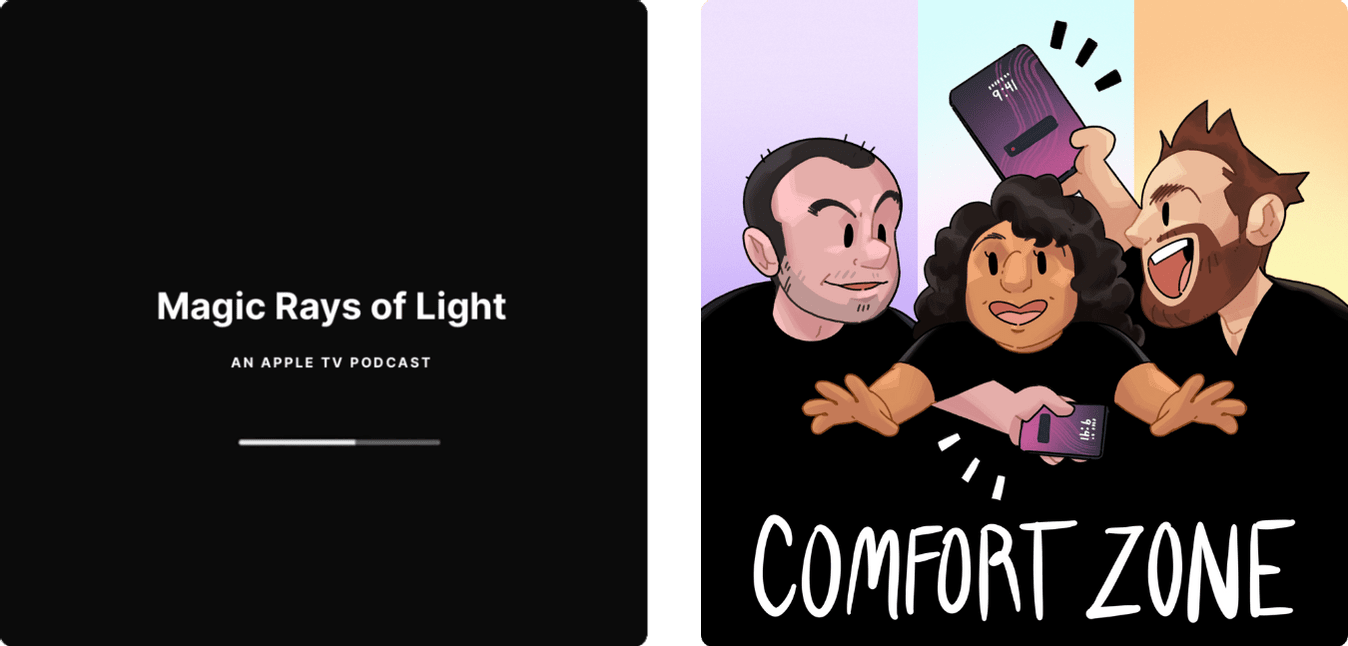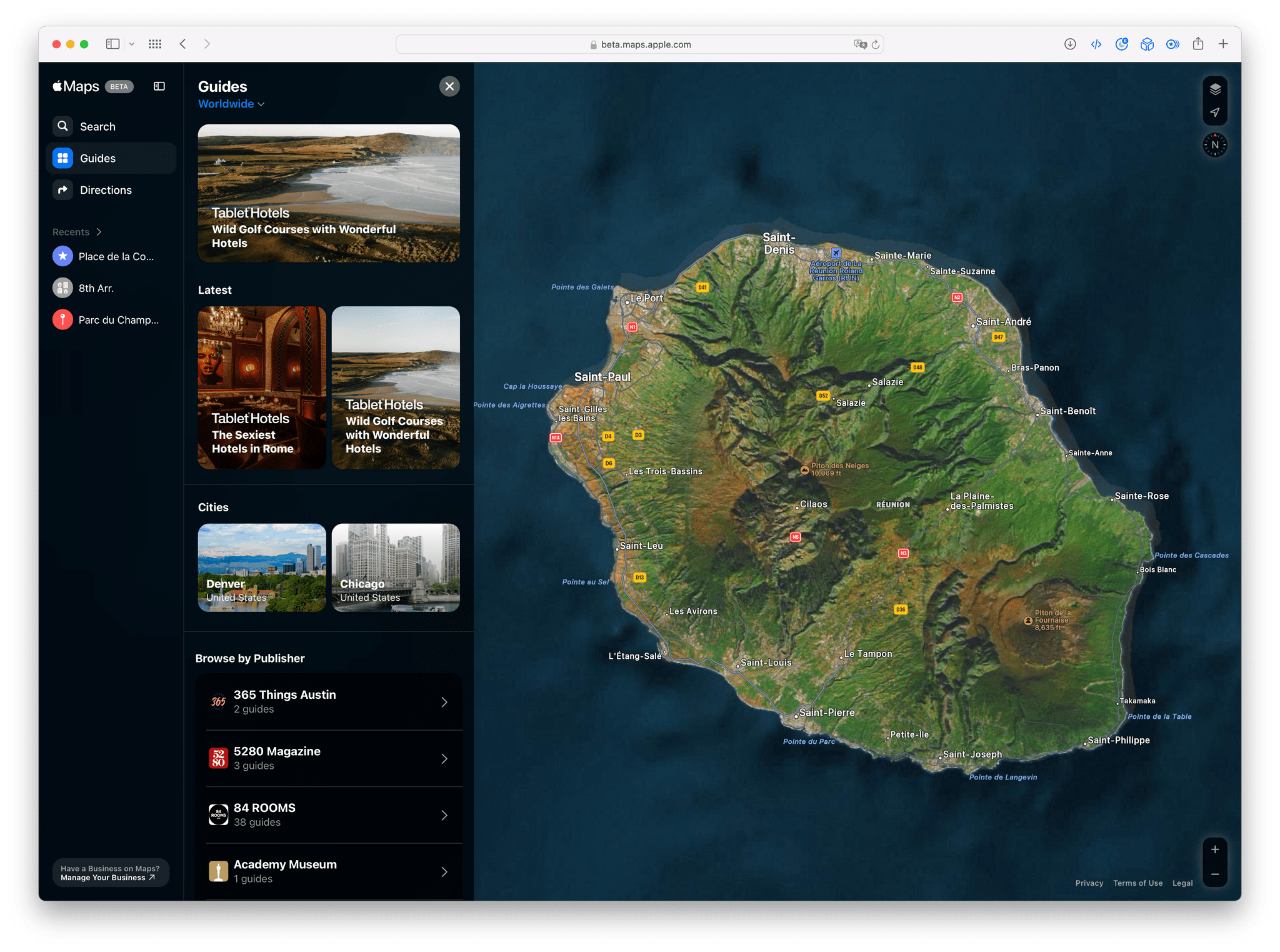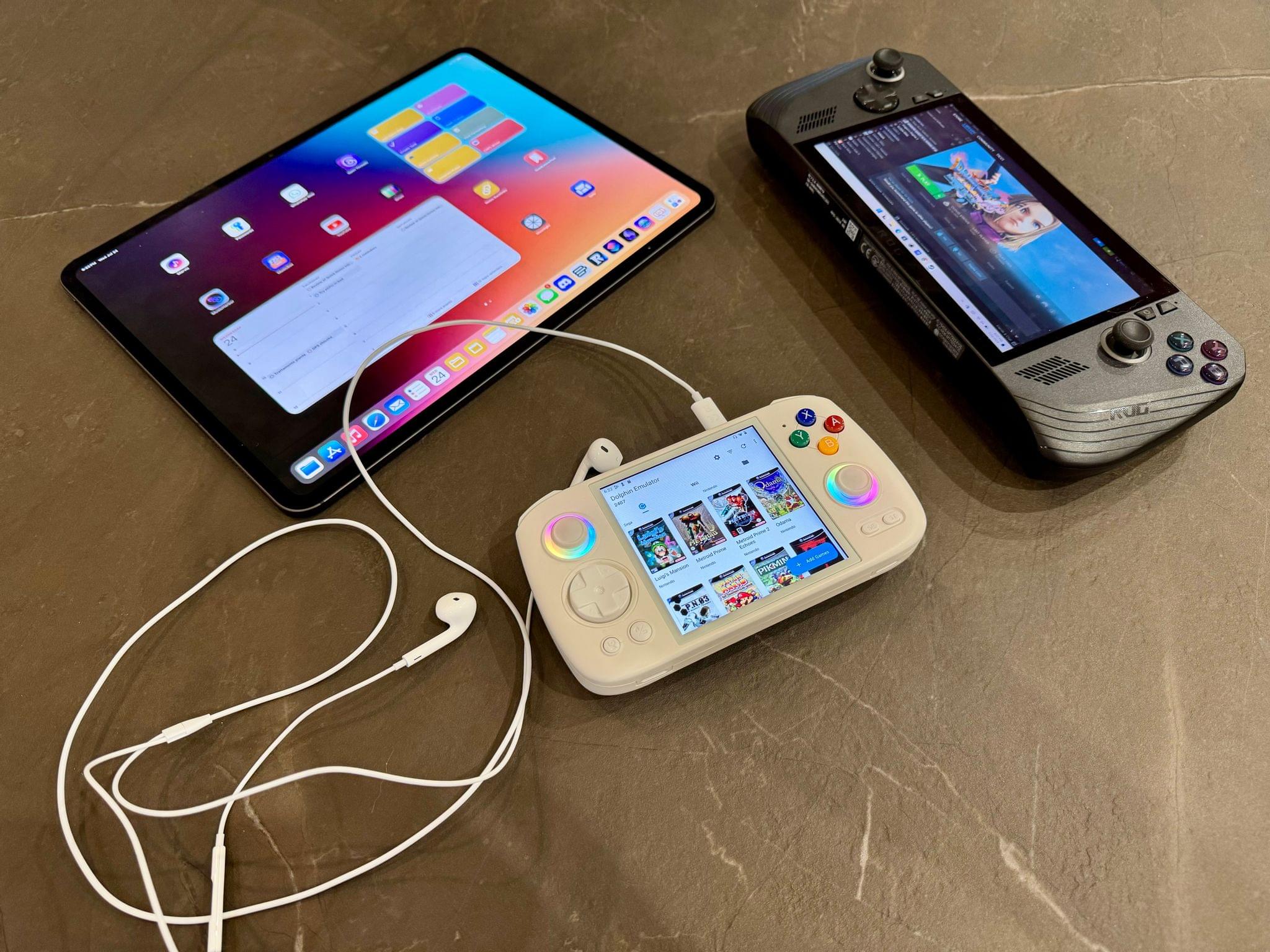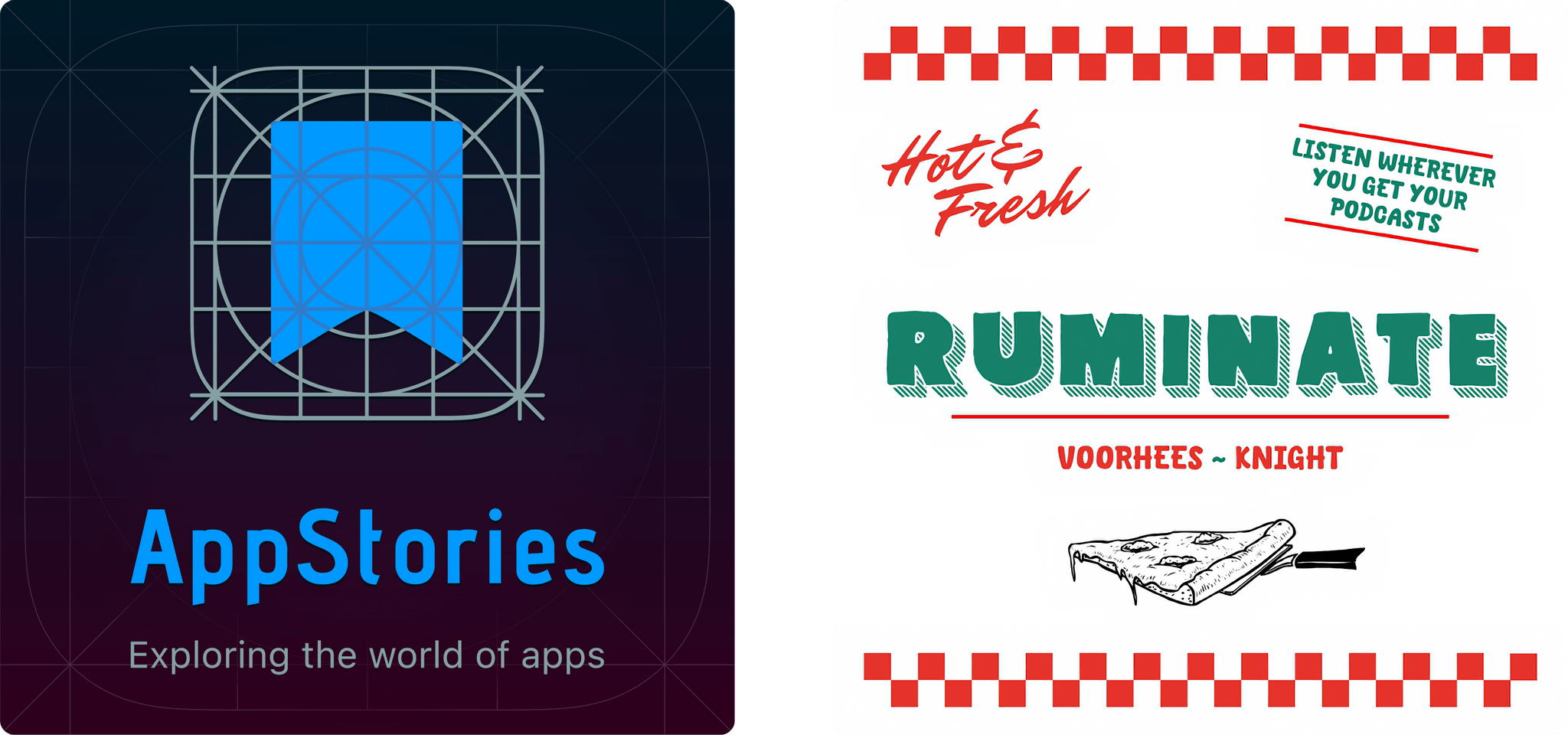Last quarter, Apple reported revenue of $90.8 billion, which was a 4% year-over-year drop. The decline reflected weak iPhone sales in China, which were somewhat mitigated by increases in the company’s services business.
Today, third-quarter earnings are out and Apple reported revenue of $85.8 billion, a 5% year-over-year gain.
According to Apple CEO Tim Cook:
Today Apple is reporting a new June quarter revenue record of $85.8 billion, up 5 percent from a year ago. During the quarter, we were excited to announce incredible updates to our software platforms at our Worldwide Developers Conference, including Apple Intelligence, a breakthrough personal intelligence system that puts powerful, private generative AI models at the core of iPhone, iPad, and Mac. We very much look forward to sharing these tools with our users, and we continue to invest significantly in the innovations that will enrich our customers’ lives, while leading with the values that drive our work.
Going into today’s earnings call, Reuters reported that analysts expected a 2.2% decline in iPhone sales, which is substantially less than the 10.5% decline the previous quarter. The same report also explained that analysts expect the iPhone 16 to sell well this fall, driven, in part, by iOS’s upcoming artificial intelligence features.
This fall will be an interesting one for the iPhone. Many of the Apple Intelligence features that were shown off at WWDC are unlikely to ship with the iPhone 16. That could have a negative impact on the bump in iPhone 16 sales that analysts are expecting. However with iOS 18.1 already in developer beta, I expect Apple will be able to deliver enough of its promised AI features to keep Wall Street happy for another quarter.


